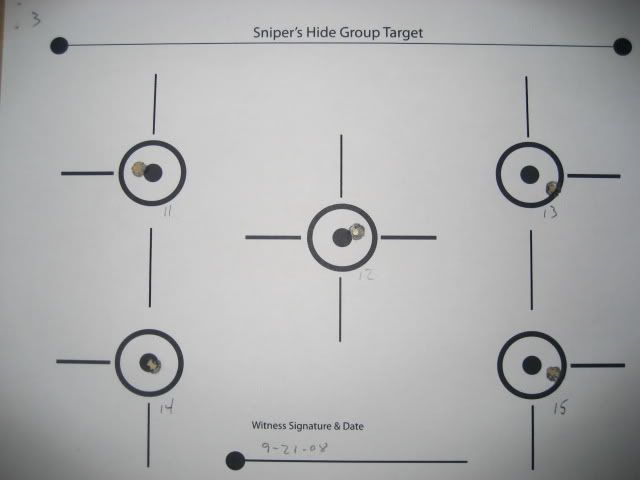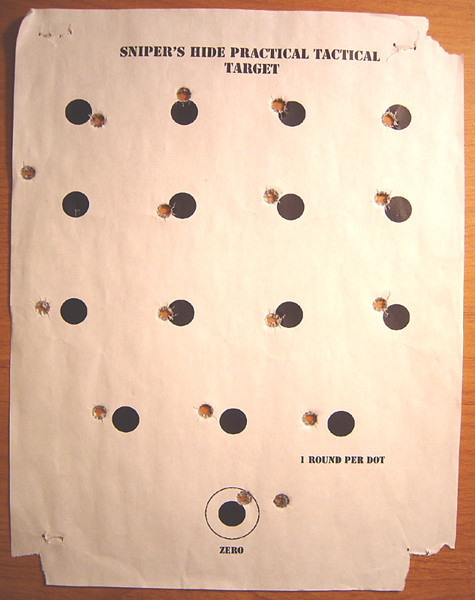Re: How to calculate error due to rifle cant
<div class="ubbcode-block"><div class="ubbcode-header">Originally Posted By: Terry Cross</div><div class="ubbcode-body">Wouldn't an accurate calculation have to include the distance between the line of sight and bore as one of the constants? The triangle resulting from a tilted rifle has this as one of the sides. Seems that a rifle with the line of sight 1" over the bore would have less horizontal error than a rifle with the L.O.S. 2" over the bore given the same angle. </div></div>
Well, if you want to get technical, how you do the calculation will depend on what kind of cant you're talking about. You can have:
1) The sight canted relative to the axis of the bore (or offset), but level to the horizon.
This is the situation that Sterling Shooter is talking about. Target shooters often do it intentionally, but most of us have this to some degree (but, the effect is so small it's lost in all the other noise). It give you the same effect as an offset optic on a Garand, or to more of an extreme, this:
http://ultimak.com/pic36.htm
Cant between the sight and the rifle is undetectable by shooting at your zero distance as long as the sight is level. At any other given distance, the offset will be constant. This will NOT show up in a box test. When you run a box test, it's actually only showing you the cant between your sight and your bubble level, not between your sight and the axis of the bore. A box test will still run square because a vertical adjustment on the sight still moves straight up and a horizontal one still moves straight to the side. You only need to consider the offset of the sight in this situation. Small amounts of cant between the sight and the axis of the bore actually only have a small tiny effect that is lost in the noise, as long as your sight is level.
2) The sight plumb with the rifle, but canted to the horizon.
This is what Lindy's link is showing. It's the situation we are usually talking about when we have these nice discussions about cant. Here, you're not just introducing the error of the sight being offset by tilting it, but your sight adjustments are now also running at an angle. Up is not straight up, it's at the angle of the cant. So, now your scope adjustment from your zero must also be considered. The math is a little easier than the third situation because the cant angle and the sight offset angle are the same. The effect of the offset is dwarfed by the effect of the scope tracking at an angle at longer distances. For small amounts of cant, the effects of the offset due to the sight height are negligible and for simplicity only the effects of the scope tracking at an angle are being considered.
3) The scope canted (or offset) relative the the rifle and also canted to the horizon.
This is the situations where the shooter has intentionally installed the sight to shoot holding the rifle at an angle, but is canting it relative to the angle it is setup at. It is also what you would have when canting the offset Garand optic. Both the offset of the sight to the axis of the bore and the angle the sight is tracking at need to be considered in the calculation. They are now two different angles or an offset and an angle.
2) and 3) could be calculated the came way if you're starting from the sight offsets.
The only one of these I've ever had the need to calculate is 1), the other two are solved with "just don't cant it"... or always cant it consistently.






